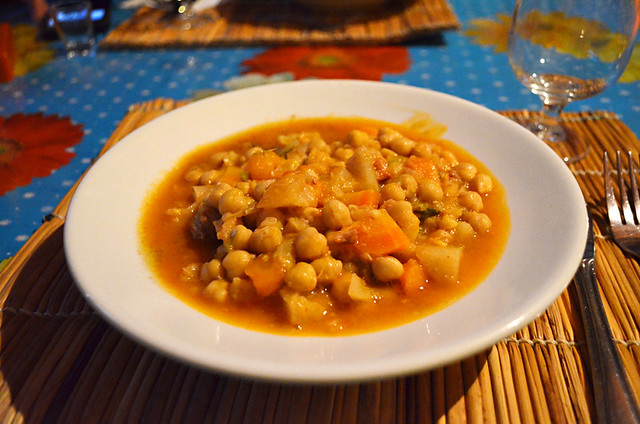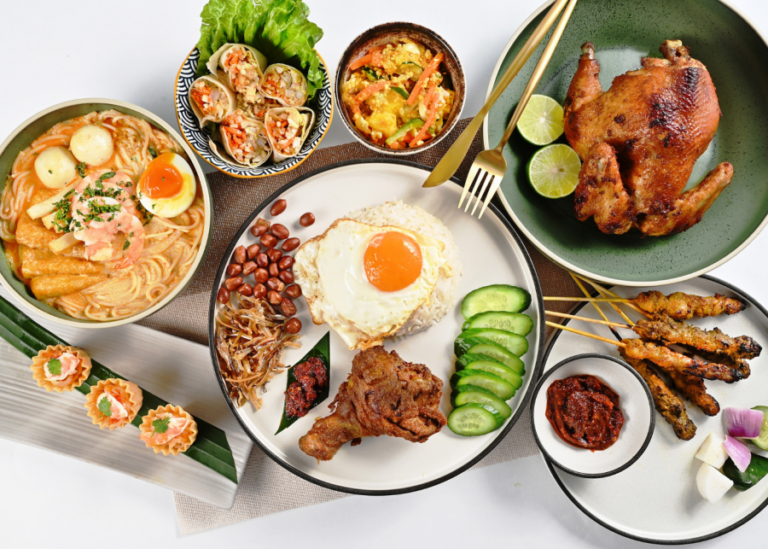There are still two weeks until the festival, but are the first brown needles already falling from the Advent wreath? You can prevent this with simple means.
Every year you wonder how your advent wreath stays fresh and safe longer? We have tips and tricks for you for a fresh Advent wreath for Christmas.
Why an Advent wreath?

The Advent wreath not only looks beautiful, but it also shortens the waiting time for Christmas. So many people have it at home. But very few know the history of the Advent wreath. This was introduced in 1839 by evangelical theologians to shorten the waiting time for street children in times of industrialization for Christmas. The original symbolism lies in the increase of light. Since this symbolizes the increasing expectation of the birth of Jesus. Even today, the Advent wreath shortens the waiting time until Christmas. But how does it survive the weeks leading up to the festival?
1) Tie the wreath yourself
Tying Christmas wreaths yourself is fun and extends the shelf life. Use high-quality fir branches for this. Nobili fir branches are ideal because they do not needle. However, they don’t smell that nice either. But they are more durable. If you’re making your own wreath, you’ll want to tie it onto a fresh, moistened floral matrix. This will reduce the drying out of the Advent wreath. To avoid water stains on the table, place everything on a large plate or board. You can also cut the branches on the side and put them in a water bath. Then seal with a hot glue gun.
2) Regularly moistening the branches
If you spray the fir trees and the floral foam lightly with water from time to time, the Advent wreath will stay fresh longer. Spraying with water also has the advantage that the risk of fire is not so great. In addition, replace dry branches. If possible, you can give the arrangement a short water bath once a day. The tips for Christmas trees that you should consider are similarly helpful.
3) Avoid heat
If possible, you should avoid dry heating air. Because the branches do not tolerate heat very well. That’s why they dry out even faster when it’s warm. So never place it directly next to a heat source, such as the radiator or the fireplace. You can also prevent drying out by leaving the Advent wreath out on the balcony overnight. So it gets enough moisture. But be careful, you should avoid avoiding humidity in rooms to prevent mold.
4) Hairspray in exceptional cases
A light film of hairspray also protects the needles from drying out too quickly. But the disadvantage here is that the wreath looks a bit artificial. In addition, the pine scent is lost. Alternatively, you can make your own Christmas scents. Also, note that hairspray makes the wreath highly flammable and dangerous. Therefore, the other tips are recommended. Furthermore, use hairspray as a home remedy for removing felt-tip pens.
Important rules for the Advent wreath

In any case, when you buy the fir trees, you should make sure that they are really fresh. And keep them cool until Advent. But you should never take your eyes off the wreath when the candles are burning. In addition, homemade candles must always be firmly attached. So-called candle plates are suitable for this. But please never attach the candles with just wire. Likewise, for extra safety in the household, you should never blow out the candles. This can cause sparks and set the wreath on fire.








 Are you in the process of moving into a new house? If so, it’s important to take some time to make sure your family is safe. Inspecting the locks of your home is usually the first thing that comes to mind.
Are you in the process of moving into a new house? If so, it’s important to take some time to make sure your family is safe. Inspecting the locks of your home is usually the first thing that comes to mind.



